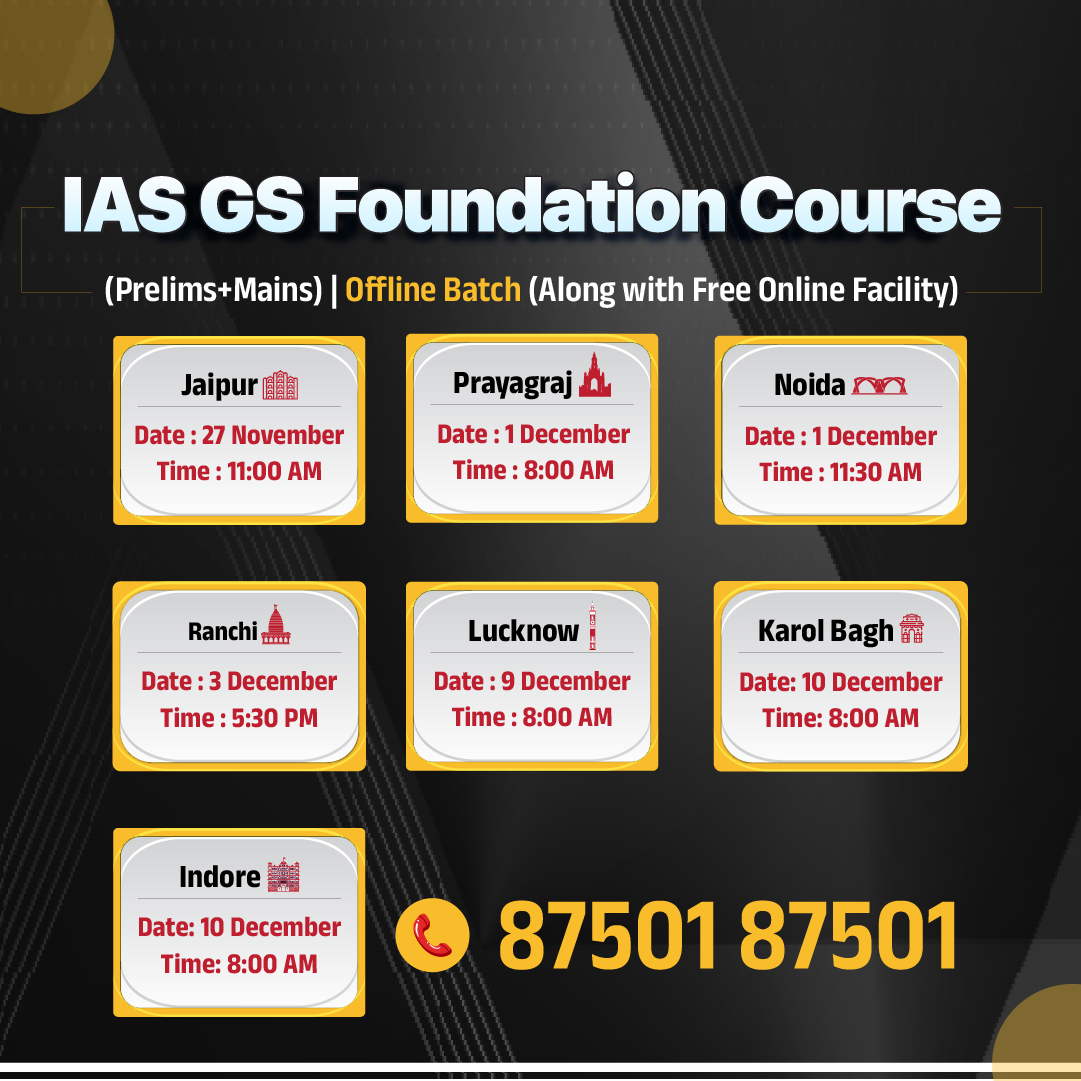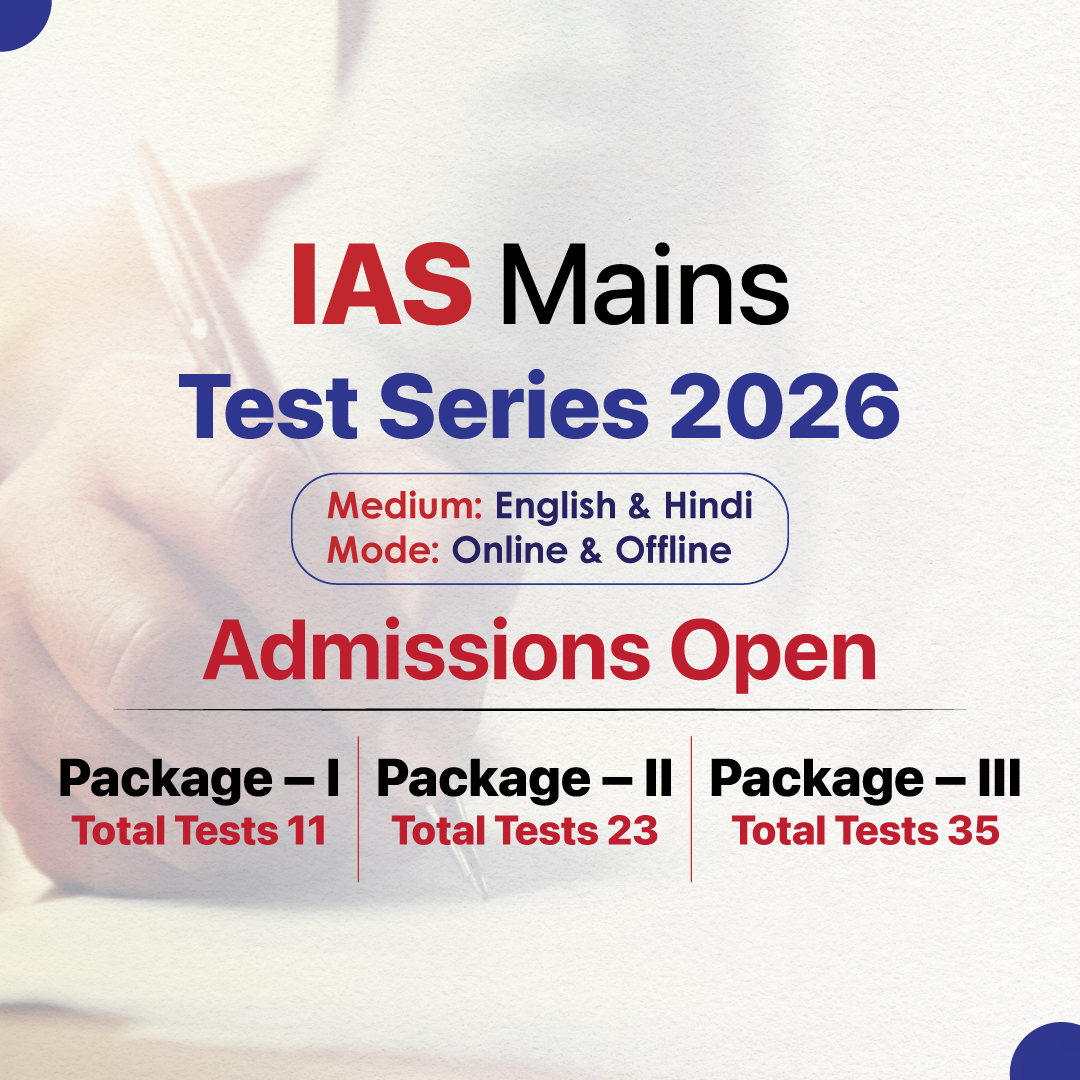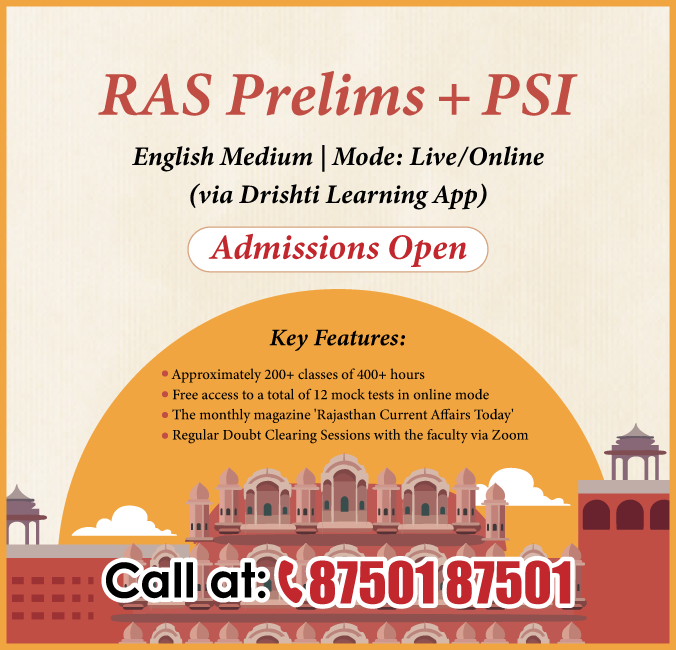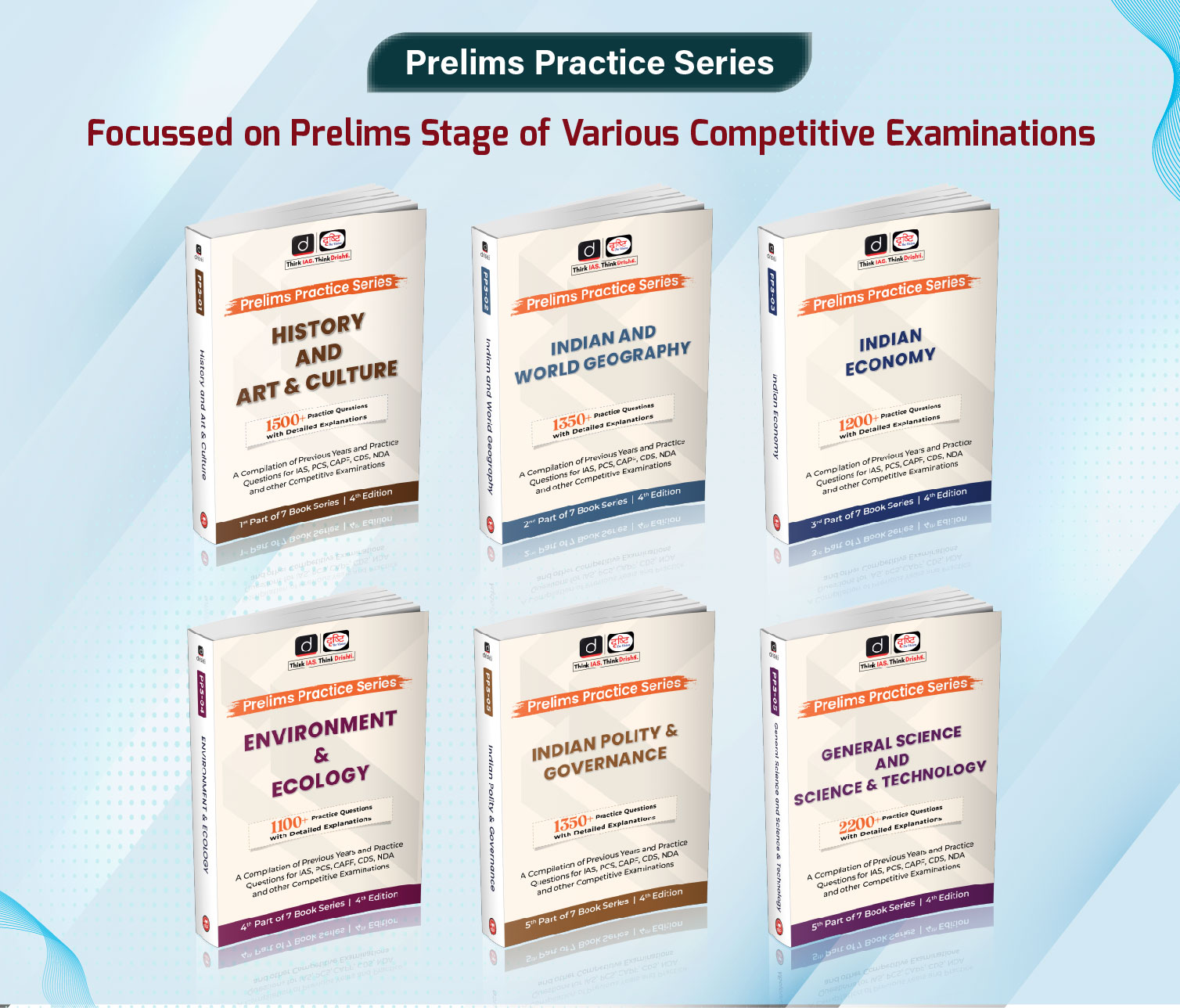National Current Affairs Switch to Hindi
Birth Anniversary of Pranab Mukherjee
Why in News?
The President of India, Smt. Droupadi Murmu paid floral tributes to Pranab Mukherjee, the former President of India, on his birth anniversary on 11th December 2025 at Rashtrapati Bhavan.
Key Points
- Early Life: Born on 11th December 1935, in Mirati, West Bengal, he was the son of freedom fighters and was inspired by his father's contribution to India’s independence.
- Education & Career: He earned degrees in History, Political Science, and Law from the University of Kolkata, and initially worked as a college teacher and journalist before entering politics in 1969.
- Political Experience: He served in various high-ranking positions, including Foreign, Defence, Commerce, and Finance Minister, and was elected to both Houses of Parliament multiple times.
- Key Contributions: He played a pivotal role in policy decisions related to administrative reforms, food security, energy security, UIDAI, Metro Rail, and more during his tenure from 2004 to 2012.
- Diplomatic Role: He represented India at international forums such as the IMF, the World Bank, the UN General Assembly, and the Commonwealth Finance Ministers’ Conferences, among others.
- Presidency: He became the 13th President of India on 25th July 2012, after a distinguished political career spanning over five decades.
- Awards: He received numerous accolades, including the Padma Vibhushan in 2008, the Best Parliamentarian Award in 1997, and honorary doctorates from several international universities.
- Publications & Recognition: A prolific author, he wrote extensively on the Indian economy and nation-building and was recognised as one of the world’s best finance ministers in 1984 and 2010.
National Current Affairs Switch to Hindi
India Bags Historic Junior Hockey Bronze
Why in News?
Prime Minister Narendra Modi congratulated India’s Men’s Junior Hockey Team for winning the bronze medal at the International Hockey Federation (FIH) Men’s Junior Hockey World Cup 2025.
Key Points
- Historic Achievement: India won its first-ever bronze medal at the Junior World Cup and its first medal in the tournament since the gold medal in 2016.
- Bronze Medal Match: India produced a remarkable comeback to defeat Argentina 4–2 after trailing 0–2 in the bronze medal match.
- Tournament Final: Germany won its eighth Junior World Cup title by defeating Spain 3–2 in a shootout after a 1–1 draw in regulation time.
- National Inspiration: Prime Minister Modi said the team’s spirited performance would inspire countless young players across the country.


.png)








.png)


.jpg)



 PCS Parikshan
PCS Parikshan



